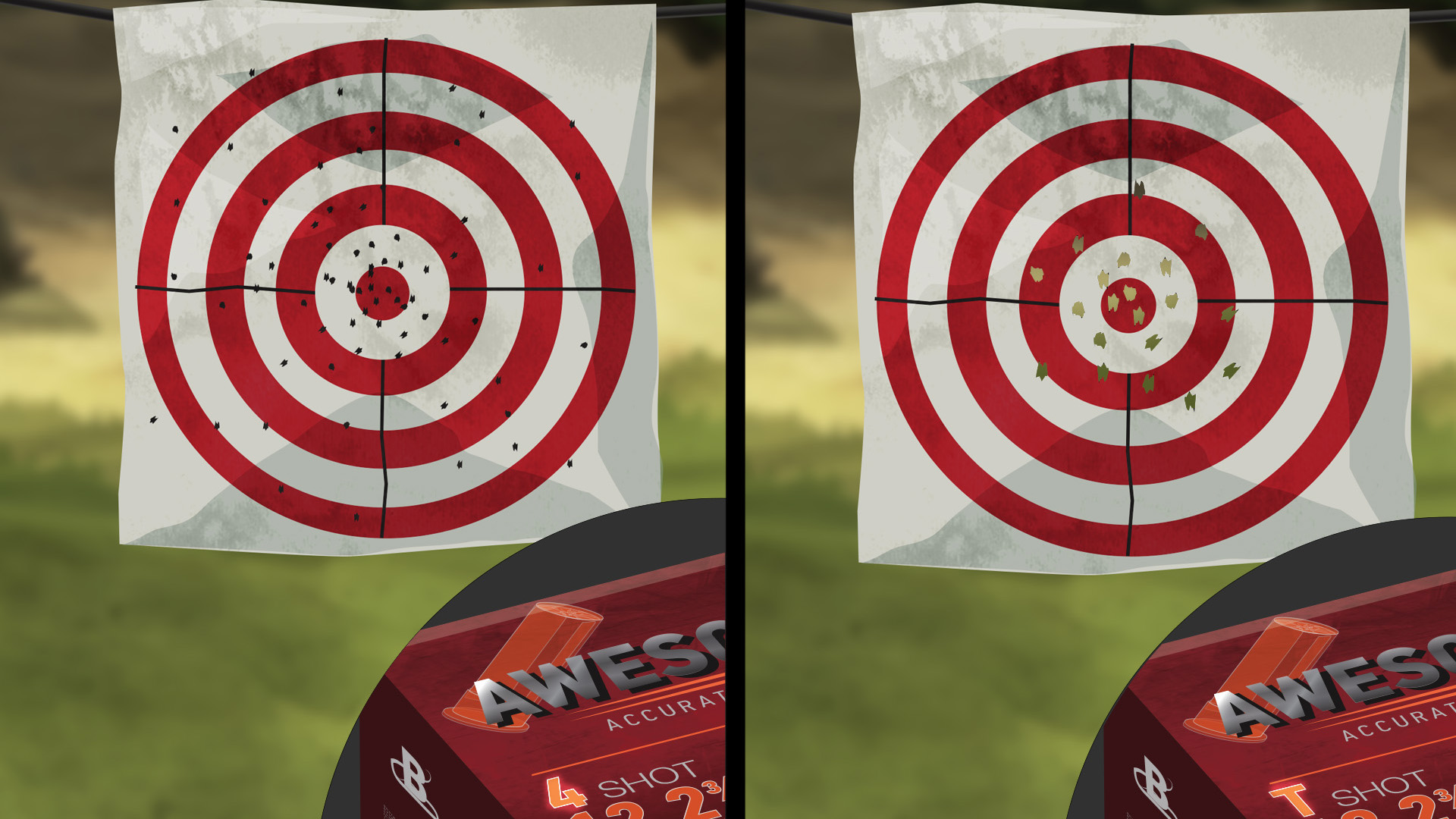HUNTINGsmart! USA Knowledge Base
Module 01 - HUNTING BASICS
NON-TOXIC SHOT

Traditional lead shot is toxic. Wildlife (especially birds) feed on the vegetation and protein sources that can be contaminated by the toxicity of lead pellets. The soil where the lead pellets land will absorb the lead toxins, the vegetation will then grow from the soil, and animals will end up eating the toxic vegetation. It’s a deadly cycle.
Non-toxic shot can be made of steel (or other materials) but steel shot is used most often as the non-toxic option to replace lead shot. It is illegal to use lead shot for waterfowl hunting and some federally regulated areas have also banned lead shot for hunting upland game birds. Know what the laws are in your hunting area.
Check This Out: Steel Shot + a Less Restrictive Choke = Duck Hunting Success
Listen up duck hunters. Steel shot is lighter and denser than lead shot. This means it will produce a tighter pattern when fired from your shotgun. If you pair the least restrictive choke option on your firearm with a slightly larger size of shot, you’ll have some serious success on your duck hunt. Remember to never use steel shot with a full choke—steel shot is designed to be used with an open choke—if fired through a choke that’s too restrictive, steel shot can cause structural failure of the choke and of the firearm.




